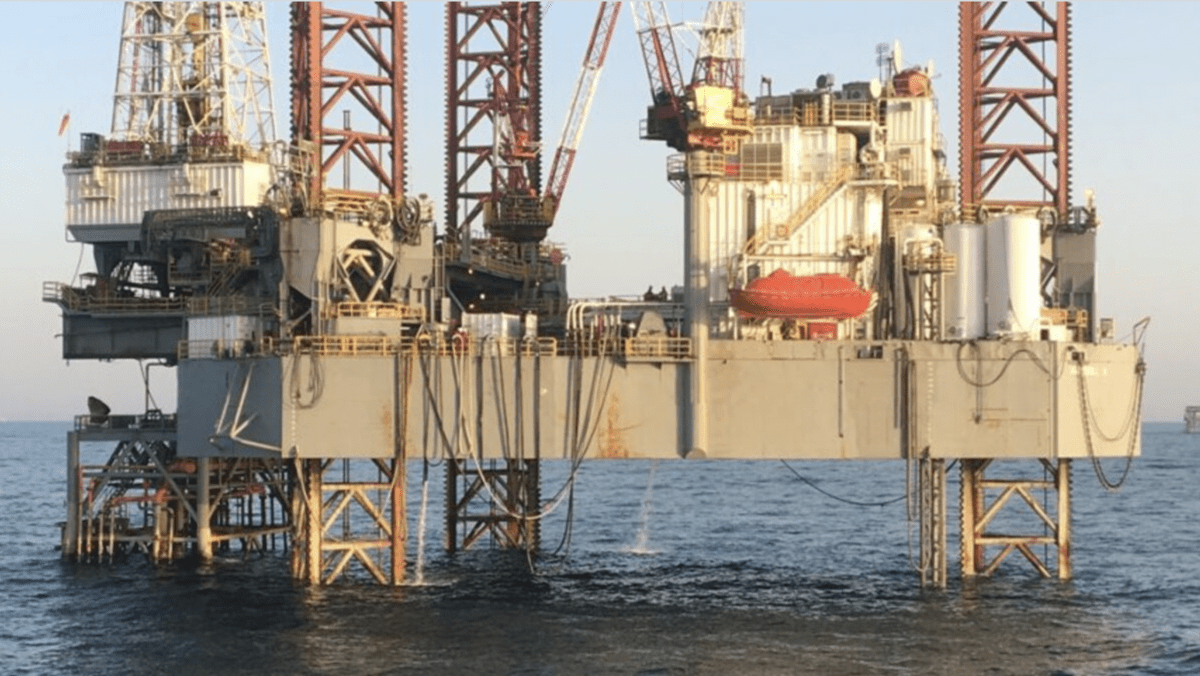In week 21, Westwood Global Energy pegged the number of active jack-ups at 383, a considerable increase week-on-week, a multi-week high and a sign of the improved state of the market
Jack-up numbers rose by two units in the Middle East and three units in the Asia Pacific region. Floater numbers remained unchanged across the North Sea, offshore West Africa and South America.
Singapore’s Keppel Offshore & Marine Ltd (Keppel O&M) signed contracts for the bareboat charter of two KFELS B Class rigs to be deployed in the Middle East.
The two legacy rigs will be chartered to an unnamed drilling company and are set to be deployed in Q4 2022 for a three-year period with an option for a year-long extension. The charters are expected to fetch up to S$120M (US$87M). These contracts come on the back of two bareboat charters Keppel O&M announced 9 May 2022, reflecting the growing market demand for jack-ups.
Keppel O&M chief executive Chris Ong said, “The multiple charter contracts we have recently secured reflect the improving market sentiments, and attest to the value we are able to provide to rig operators with our proven KFELS B Class rigs.
“With jack-up utilisation rates increasing, we are also seeing demand for rig charters and sales enquiries improve. Putting the legacy rigs to work will improve the overall marketability of these assets while reducing holding costs. As we secure more bareboat charter contracts, our legacy rigs will become increasingly valuable to both rig operators and potential investors.”
In the Gulf of Cambay, Shelf Drilling clinched a three-year deal for 1975-built jack-up rig FG McClintock with India’s state-owned Oil and Natural Gas Corp (ONGC) for operations in the Mumbai High field. The contract begins in Q1 2023. FG McClintock is already on a contract with ONGC until October 2022.
In the North Sea, Norway-based OKEA will buy a stake in three oil fields from German firm Wintershall Dea. The company will acquire a 35.2% stake in the Brage field, a 6.46% stake in the Ivar Aasen field, and a 6% interest in Nova field for a total of US$117M.
OKEA chief executive Svein J Liknes stated, “We are very pleased to announce this transaction with Wintershall Dea which represents a significant step towards delivering inorganic growth in line with our revised strategy as set out at the end of last year. Through this acquisition, OKEA establishes a new operated position, enhances the scale and diversification of our portfolio and strengthens our position within existing core areas.”
The Brage and Ivar Aasen fields are producing assets, while the Nova field is expected to commence production in Q3 2022 as a subsea tie-back to the Gjøa platform.
Canadian firm Trillion Energy’s wholly owned subsidiary, Park Place Energy Turkey secured the Uranus rig from Romania-based Grup Servicii Petroliere Offshore for Trillion’s /23 drilling programme on its SASB natural gas field, offshore Turkey.
The jack-up will operate at US$95,000 a day for a minimum of 100 days of drilling time, but Trillion said it anticipates the total project time at eight to nine months and has made an advance payment of US$1M and a mobilisation cost of US$0.8M. Uranus will be mobilised in late July 2022 from Romania, arriving in August 2022 on site, following the completion of its current operations in Romania.
Trillion intends to drill five wells from existing wellhead production platforms and put those wells into production as soon as they are completed. The first well may spud August 2022 and each of the subsequent new wells is expected to take approximately 40 days, plus completion time. In addition to drilling, Uranus will be utilised for re-entry and recompletion of two existing wells, which still have behind pipe reserves proved using PNN logs.
Iran and Oman are in talks to jointly develop the Hengam gas field in the Middle East Gulf.
Iranian Oil Minister Javid Owji revealed via semi-official Iranian state news agency Fars that he spoke to his Omani counterpart Mohammed bin Hammad al-Rumhi, and “it was agreed to form a joint technical committee to develop the next phases of the Hengam oil field in a seamless manner between Iran and Oman.”
“Joint exploitation, in contrast to competitive exploitation, will be mutually beneficial to both countries as this method leads to less damage to the reservoir and allows for more extraction.”
The Hengam field straddles the sea border between Iran and Oman and holds an estimated 700M barrels of oil and 2Trn cubic feet of gas. The field was was producing 30,000 barrels per day in 2013 but OSJ cannot verify its current production capacity.
Tehran is also looking to revive a long-stalled project to lay an undersea pipeline to carry gas to Oman.
The United States is also looking to ease world oil production with the Biden administration now easing sanctions on Venezuela in a bid to divert some of that cargo to Europe and North America to make up for the deficit in Russian oil following sanctions.
Meanwhile, rig counts across the US have continued to rise as the rig market firms up and day rates spike. Active US rigs sit at 728 according to analyst Baker Hughes.
Finally, Maersk Decom is itself being decommissioned. The joint venture between Maersk Supply Services and Maersk Drilling will be sold to Petrofac, a UK oilfield services company, which is also taking over Maersk Decom’s final job – decommissioning subsea wells on Tullow Oil’s Banda and Tiof fields in Mauritania.
The deal has a potential value of more than US$60M with the offshore scope running from Q4 2022 through to Q1 2023.






